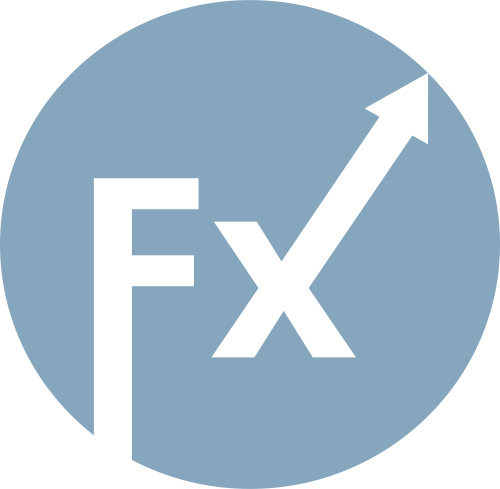
With the growing threat of stagflation, analysts have studied how markets are responding to a combination of slowing growth and accelerating inflation. Historically, the S&P 500 index has performed better than its regional counterparts in the context of weak economic growth. Among the leading industries are energy, healthcare, food, and software, which consistently show positive dynamics in both the United States and Europe. The sectors of real estate, media, insurance, financial and communication services, as well as the production of automotive components turned out to be the least stable in such conditions. These industries often perform the worst during periods of stagflation. The fixed income market, in turn, is also undergoing significant changes. In conditions of stagflation, credit spreads tend to widen noticeably, especially against the background of a bullish tightening of the government bond yield curve. This factor plays a key role in changing the dynamics of the debt market. Among commodity assets, gold has historically outperformed copper in terms of profitability in conditions of weak growth and high inflation, confirming its attractiveness as part of trading strategies in such scenarios.

QUICK LINKS